How to Choose Sparkling Wine For Cocktails
Unless you’re a Champagne fanatic, facing a wall of Champagne and sparkling wines is intimidating. Here’s a super easy cheat sheet to help.
So you want to mix some Champagne cocktails, but you need to know where to start. A good starting point is finding out a bit about sparkling wine and its sweetness level. Once you know what flavor profile to look for, you can decide what variety of sparkling wine you want to buy. And yes, you can find bottles of bubbly within almost any budget. I have info about that down below too.
Just like wine, you can find dry and sweet sparkling wines. A good rule to follow, most Champagne cocktails are best with dry bubbles. This is because most cocktails call for other sweet ingredients, which balance out that dryness. But if you lean toward sweeter cocktails, you can of course use sweeter sparkling wine. It’s totally up to you.
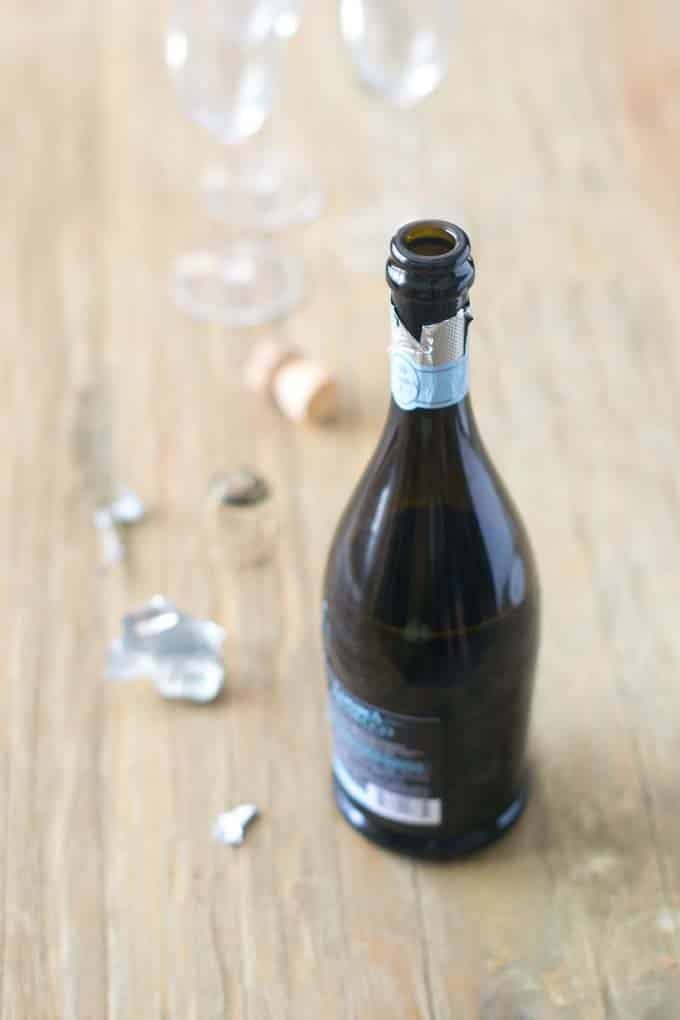
Sweet vs Dry Sparkling Wine
Here’s the terminology used on labels for noting how sweet/dry a Champagne or sparkling wine is, with the driest at the top and the sweetest at the bottom.
Extra Brut
Brut
Extra Dry Sec
Demi-Sec
Doux
Types of Sparkling Wine
Champagne is the gold standard of bubbly. And it’s good, very good, but it can be insanely expensive (like $300+ on the high end, even a basic bottle will put you back around $40). But you have options that are much easier on the wallet and just as good.
You see, there are a whole bunch of different sparkling wines in the world and most of them are made in very similar ways to Champagne. The big difference between them and Champagne is where they come from. To be called Champagne, a sparkling wine must be made in the Champagne region of France. If it’s made anywhere else, it’s not Champagne. Just because something doesn’t qualify as Champagne though, doesn’t mean it’s not good.
Here’s a list of some other sparkling wines that you can look for. These are often less expensive but will still make your party sparkle for sure.
Crémant are sparkling wines that come from any region of France, except Champagne. They’re well-regarded, and also made using the same process as Champagne. Cost: $10-$25
Cava is Spain’s version of Champagne. It’s produced in Catalonia and comes as a white or rosé sparkling wine. The Spanish are very proud of their wine, and folks drink it at celebrations, such as weddings, baptisms, and holidays. Cost: $10-$25
Italy’s Prosecco is recognized as a suitable alternative to Champagne. It’s affordable because the production isn’t as time consuming as Champagne or even Cava, for that matter. Cost: $10-$50
Moscato d’Asti is another sparkling wine from Italy. It’s made in Asti, in northwest Italy, and is a sweet wine. Cost: $10-$25
Australia has a good collection of sparkling wines. They come from the coolest climates in the southern part of the country. Cost: $15-$20
The United States has many, many sparkling wines, and California produces the best in the country. Know that some U.S. producers use the name “Champagne,” but it’s not from France. The government allows the term to be used in long-standing brands, but not on new brands. Cost: $15-$100+.
Whether you choose a sweet or a dry sparkling wine and whether you go for a high end real Champagne or a lower-cost version from somewhere else in the world, your cocktails are going to be sparkling and delicious.
Champagne Cocktail Recipes
Here are some of our favorite Champagne cocktails to get you started on the mixing:
This post originally appeared in December 2015 and was revised and republished in December 2020.
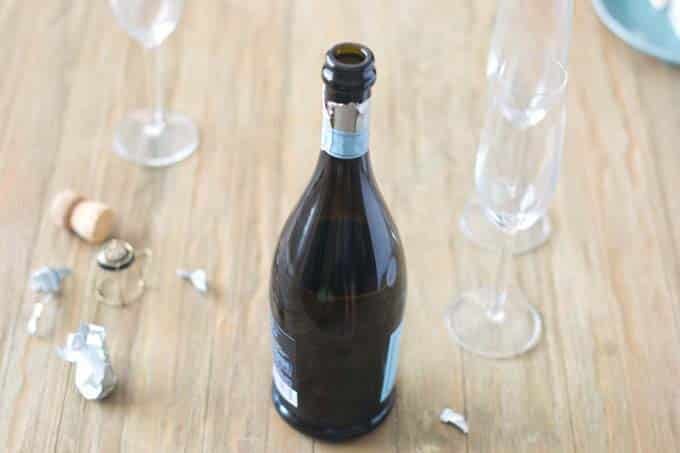
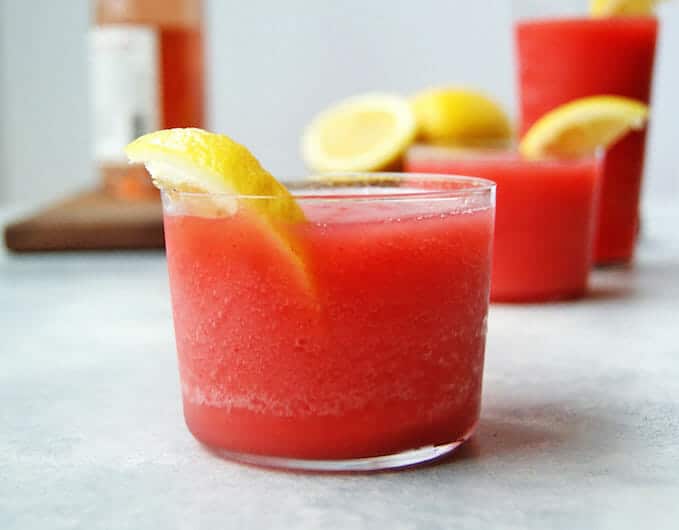
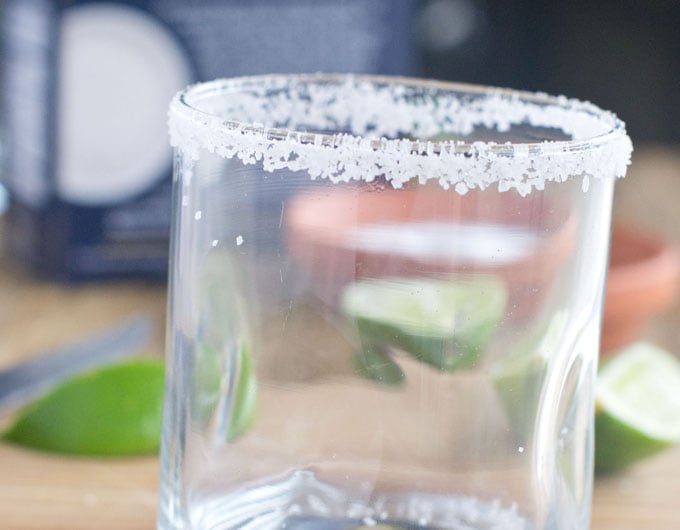
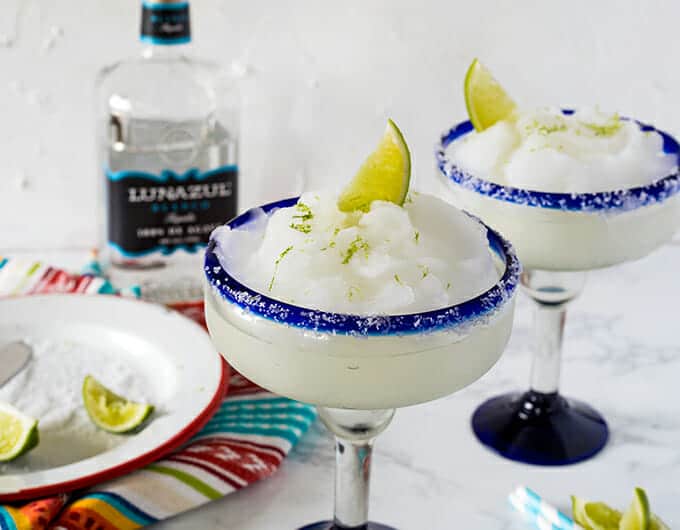
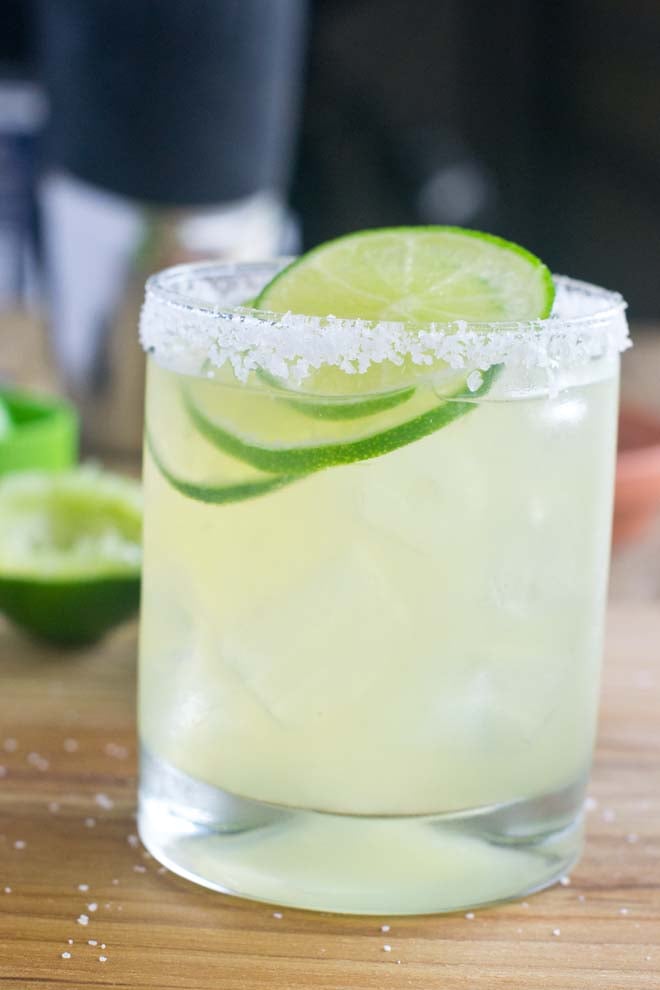
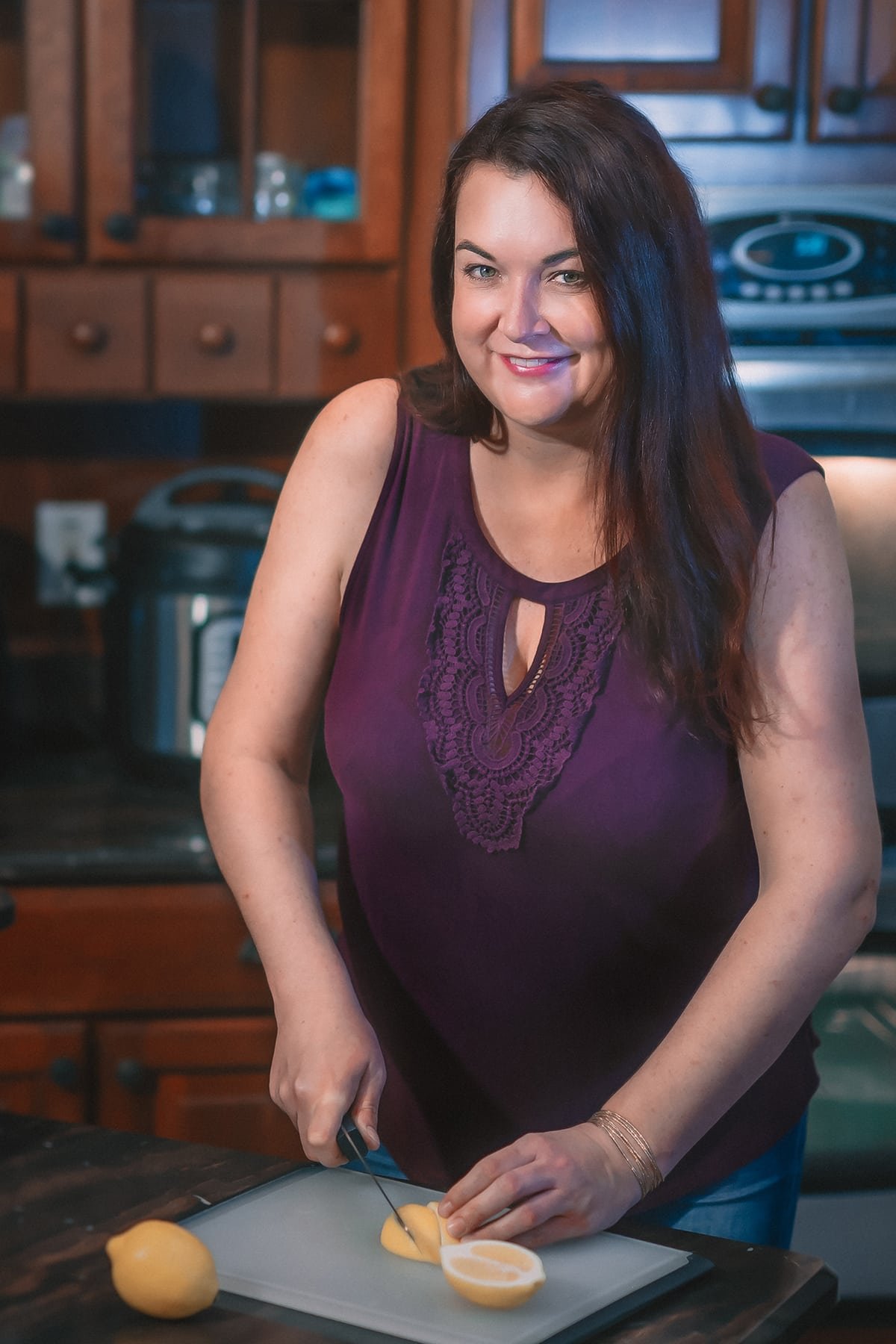










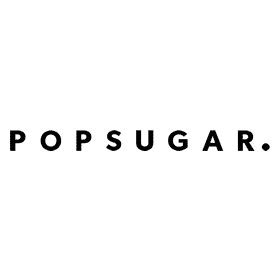






Re cava, it’s from the Catalonia region of Spain, not Caledonia (which is the Latin word for Scotland)
You’re right, Deb, thanks! Not sure how that happened.